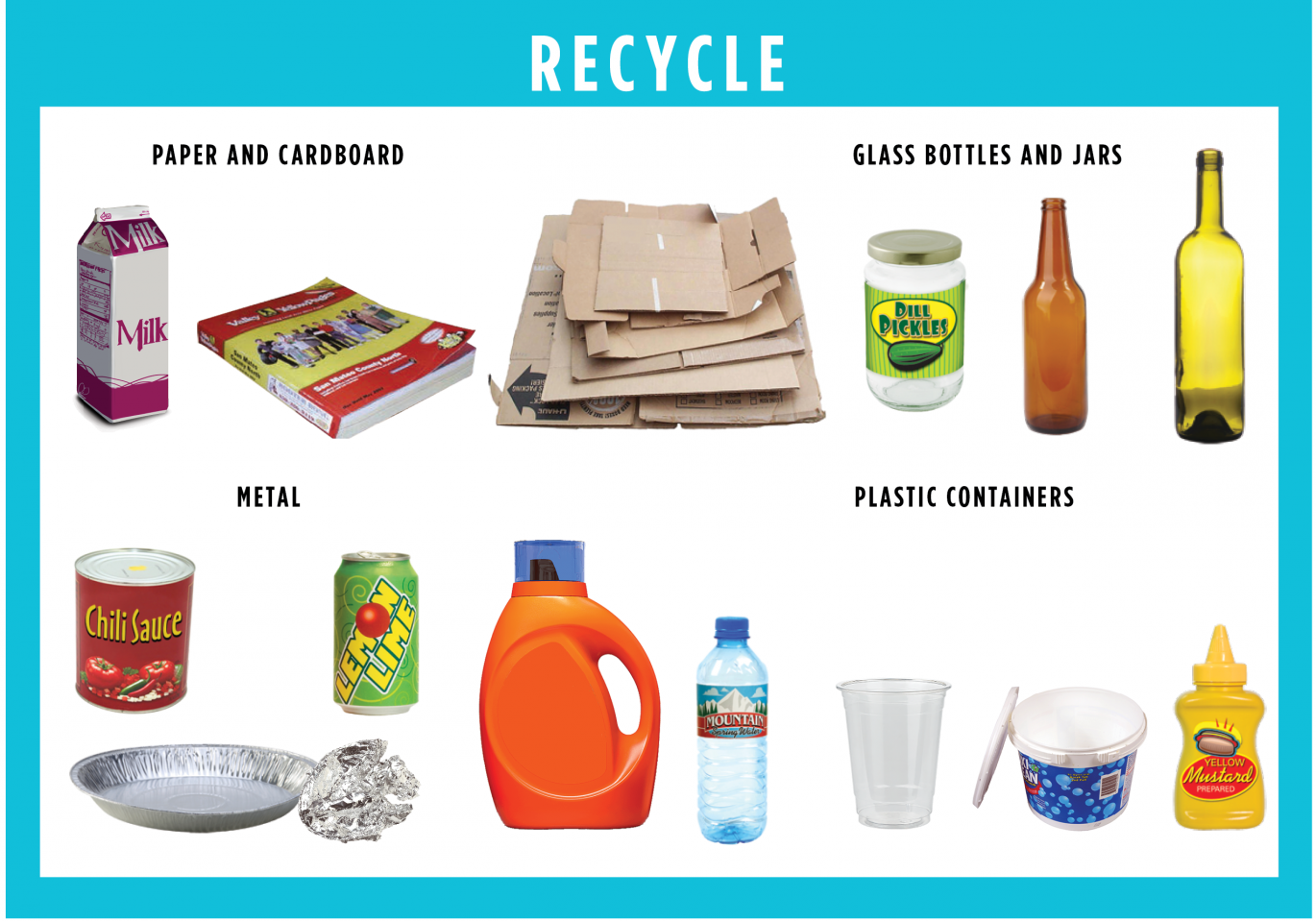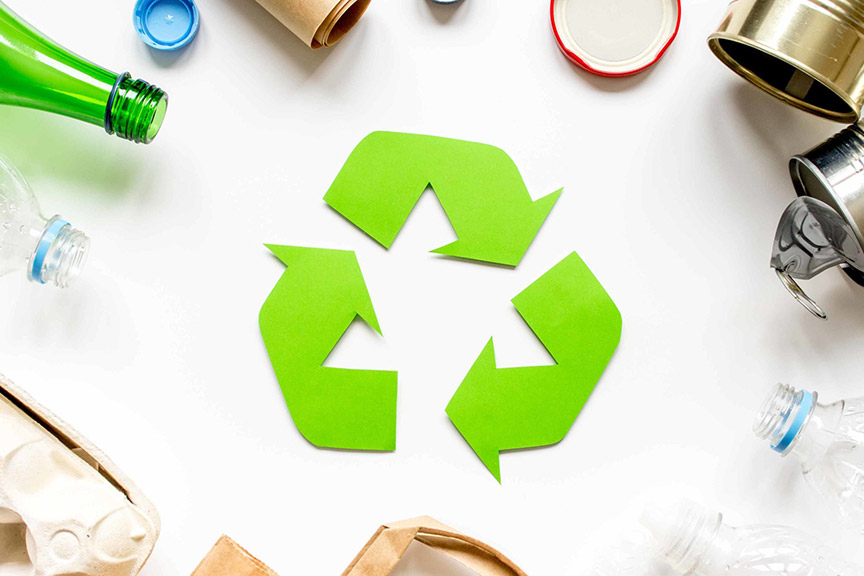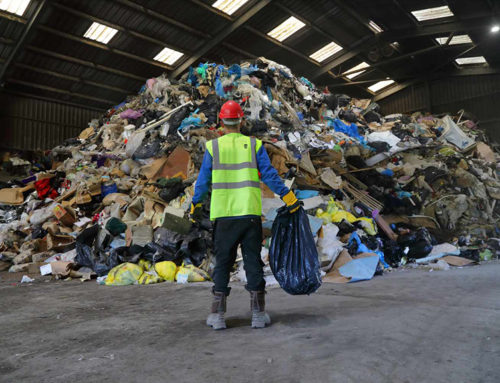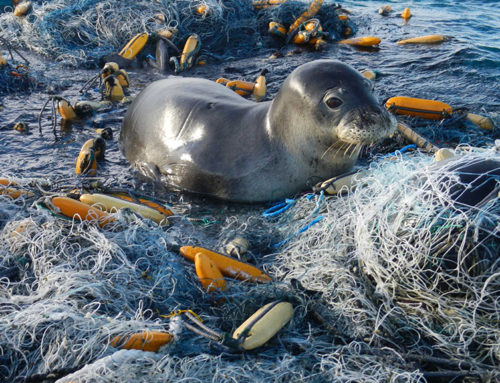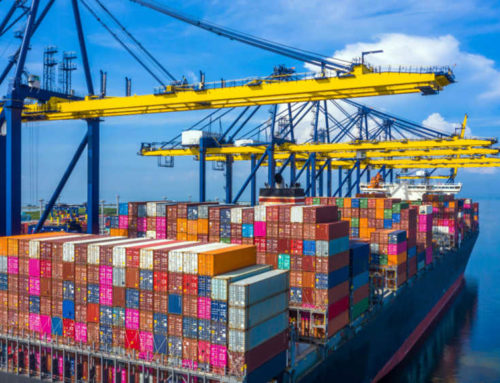Cardboard recycling is a shining example, requiring only 75% of the energy needed to produce new cardboard. Remarkably, 80% of retailers and grocers actively recycle cardboard, saving 46 gallons of oil per ton in the process.
In the realm of waste, the statistics are eye-opening. The United States generates a staggering 34 million tons of food waste annually, with about 137.7 million tons of Municipal Solid Waste (MSW) ending up in landfills.
Plastic waste remains a colossal challenge, with 2.5 million plastic bottles discarded every hour in America alone. However, recycling these plastics consumes 88% less energy than producing them from raw materials. Notably, plastic bags can persist for up to 1,000 years before decomposing, while Styrofoam never decomposes at all.
The longevity of waste is startling. A glass bottle, for instance, takes over 4,000 years to decompose, highlighting the importance of recycling glass, which is 100% recyclable without any loss in quality.
Paper consumption in the U.S. stands at a massive 85 million tons annually, equating to about 680 pounds per person. Recycling one ton of paper saves 17 mature trees, yet a staggering 1 billion trees’ worth of paper is discarded yearly.
Aluminum cans, fortunately, offer a brighter recycling prospect. The average person can recycle over 25,000 cans in their lifetime, as aluminum can be recycled indefinitely without quality loss.
Textiles and e-waste also contribute significantly to landfill burdens, with 11 million tons of textiles and 1.8 million tons of electronic waste ending up in landfills yearly.
Despite these alarming recycling facts and figures, there’s room for improvement. While the Environmental Protection Agency (EPA) estimates that 75% of waste streams are recyclable, only about 30% is recycled. These facts underscore the urgent need for increased awareness and proactive measures to boost recycling rates and reduce environmental impact.
